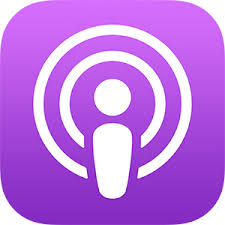Episode 220: Showing vs. training and developing the rider’s eye
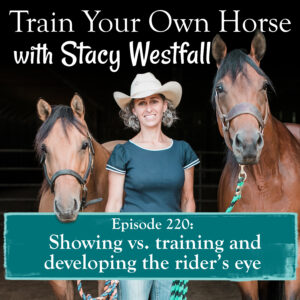
In this episode, I discuss the difference between the mentality of showing versus training. These are complementary systems when you understand the difference between them.
Showing is polishing.
Showing is taking a test.
Showing is an external evaluation.
The judge’s job is to evaluate against a standard.
Training is communicating.
Training is teaching, clarifying, adjusting, and understanding how to break things into smaller parts to create success.
Showing offers many benefits that complement training. One benefit is developing the riders ‘eye’ or the ability to see what is happening.
In this episode, explain how showing does this and also clarify that you can find these things outside of showing if you know what to look for. They just happen to be more obvious when showing and more subtle in many other areas.
SUBSCRIBE TO THE PODCAST HERE:
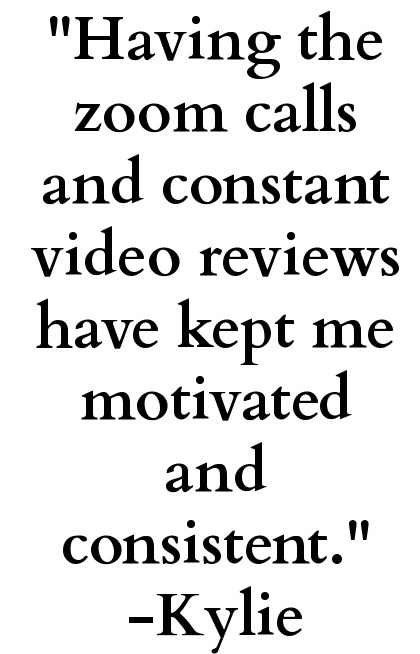
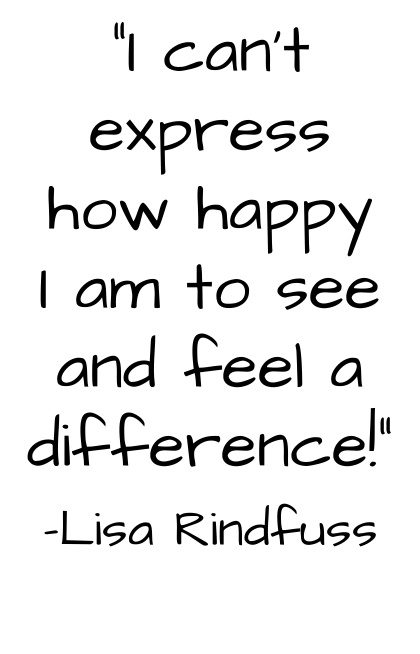
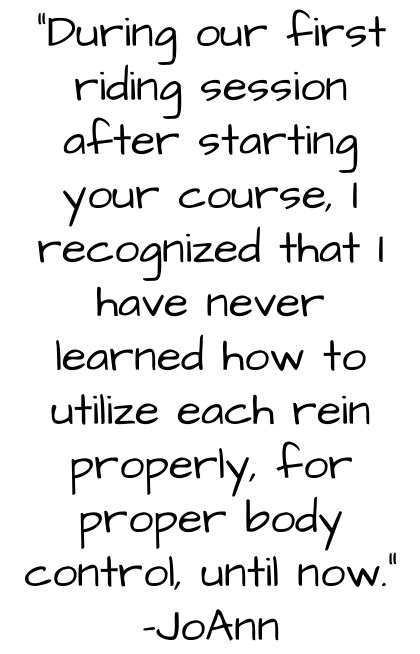
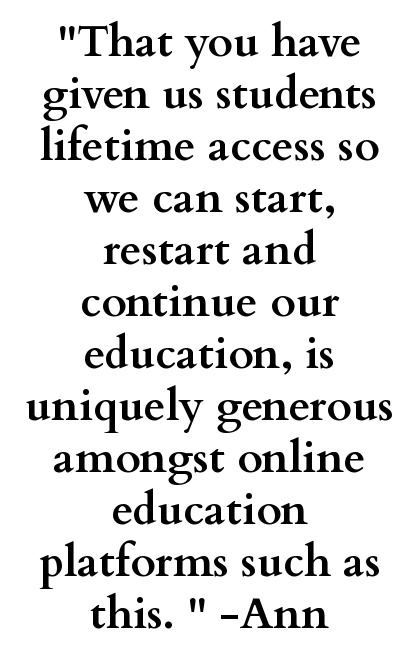
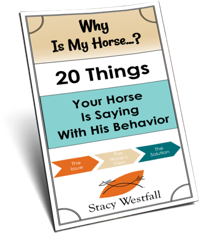
YOURS FREE
WHY IS MY HORSE...?

